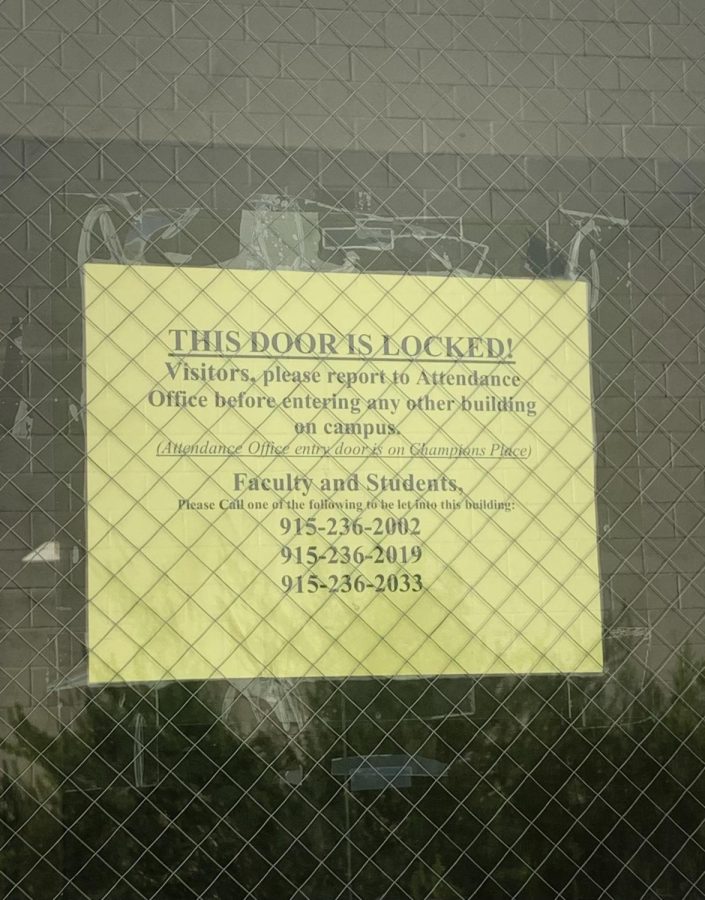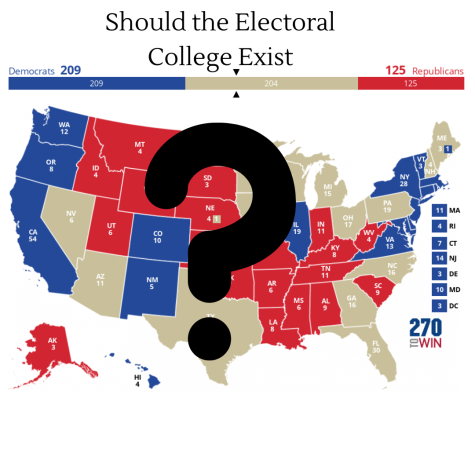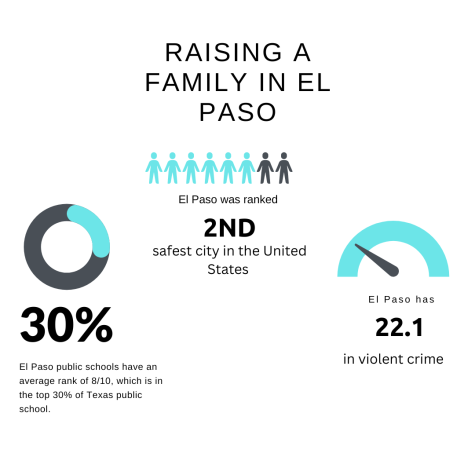Editorial: Are the Current School Safety Measures Effective?
Photo Courtesy / Alejandra Salas
Directions on how to get inside locked buildings are displayed all over campus.
In the wake of school shootings across the United States, new regulations have been implemented on campus in an effort to maintain the safety of students and staff. Although these measures come with good intentions, their effectiveness is debated. If they are enforced properly, current school safety measures are undeniably effective in the case of an act of violence.
Current safety measures include locked doors, limited entrances to the buildings, wearing a school ID, and time limit of bathroom excuses. In the first couple of weeks following these measures, consistent check-ins to ensure the regulations were followed took place. However, as the weeks have passed, the enforcement of the regulations might loosen, which would change the effectiveness of the measures.
“The constant locking of doors makes it inconvenient for students to get around campus, and it has caused me to be late to a class before,” Taylor Curlin, a junior and athlete, said.
The implementation of locked doors in classrooms and buildings has arisen as a problem for many students who believe it hinders the ability to move around campus. Although these inconveniences are not ideal, the regulations would play an important role if danger were to occur.
“I do feel that if there was someone on campus trying to cause harm, the new policies would be effective in slowing them down long enough before law enforcement could help,” Curlin said.
Although the probability of gun violence at school may not appear to be significant, it is better to be cautious than to cling to the hope that nothing will happen. Looking past the cumbersome aspects of these measures and looking towards the crucial part they would play in the case of an emergency proves that they are not futile. Locked doors would decrease the areas of the campus that a gunman could enter and, therefore, decrease the percentage of students harmed.
“They [the measures] are coming directly from the Texas Education Agency,” Mrs. Arguelles, a counselor, said. “The new rules benefit everyone.”
When it comes to the mandated wearing of school IDs, this measure is only effective if it is enforced properly. Even if just a fraction of students is not wearing their ID, this regulation’s objective is undermined. Therefore, proper enforcement is necessary to keep students and staff safe.
“In the beginning of the school year, not many people, including teachers were following the policies,” Curlin said.
Enforcement of these regulations is crucial for them to be worthwhile. Although the time limit on bathroom breaks can be bothersome, it would diminish the harmful results in the case of an emergency. This policy should be viewed not as a way to restrict students’ time for basic needs but as a way to prioritize their safety.
“Let’s just think about the innocent victims that have lost their lives because someone was able to go into a school,” Arguelles said.
With this considered, the safety of students should be taken into account at all locations on campus. Many restrooms on campus do not have locks, which should be a priority. It only makes sense for students’ safety to be considered just as much when they are in the restroom as when they are in a classroom.
“We live in a society where our children, in my opinion, are our most precious gift and we have to protect them,” Arguelles said.
In the end, there is only so much a school can do to prevent endangering students on campus. However, this does not mean existing security measures should be overlooked or not carried out to the fullest. The gun violence issue in the United States has plagued the lives of many innocent people, and these tragedies should not be taken lightly. Making the effort to preserve the safety and wellbeing of students and faculty is what matters.














